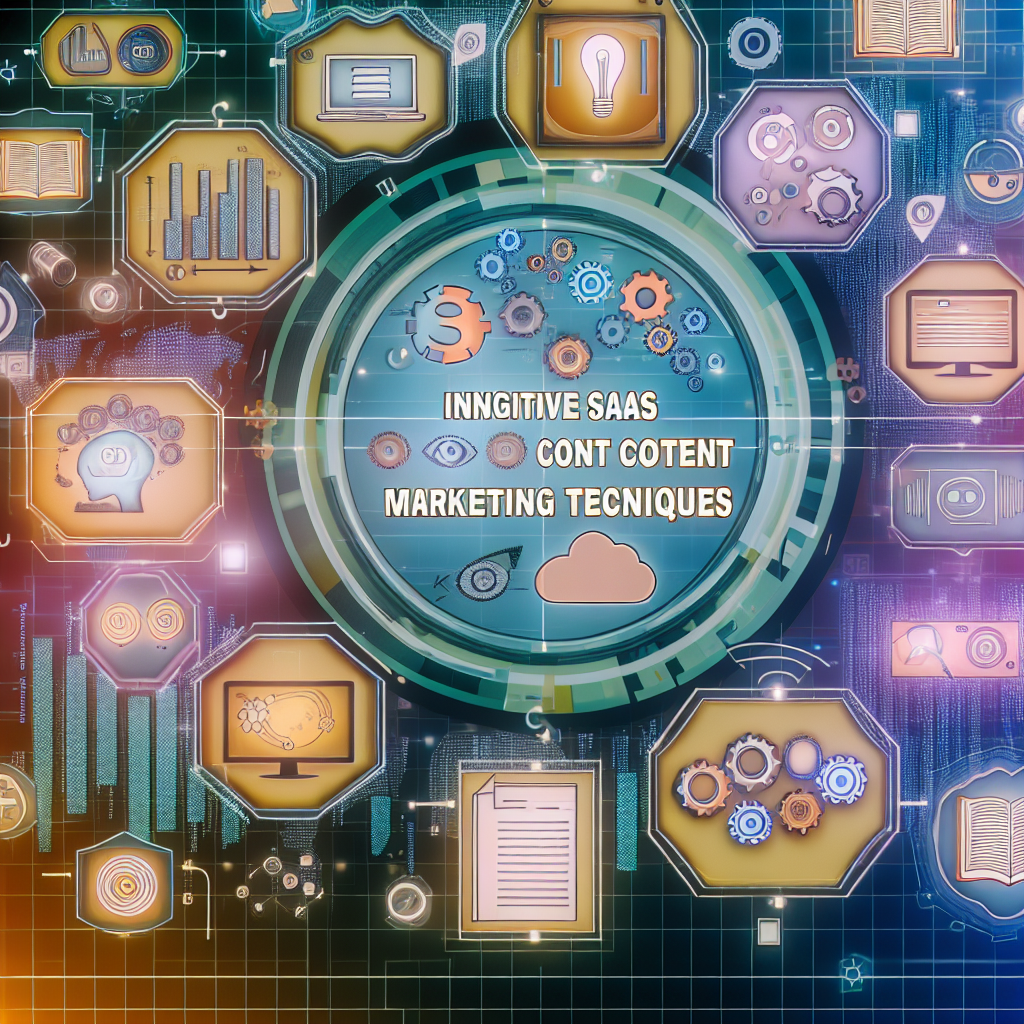Article analysis: Rewriting the Playbook: 5 SaaS Companies Defining the Next Generation of Content Marketing

"Content is changing right now, but perhaps the boldest move is actually to simplify an overcomplicated content program."
Rewriting the Playbook: 5 SaaS Companies Defining the Next Generation of Content Marketing
Summary
The article "Rewriting the Playbook: 5 SaaS Companies Defining the Next Generation of Content Marketing" argues that standout SaaS brands are those that differentiate their content by embodying a strong, clear voice, as opposed to churning out indistinguishable, keyword-driven material. The central thesis posits that genuine, human-centered content that engages and informs is key to success. It features five exemplar companies: Equals, Intercom, Atomico, Unit21, and Carta. Equals, with its Wrap Text blog on Substack, showcases authentic and transparent founders’ voices, resonating well with readers and standing out due to its simplicity and established writing commitment. Intercom’s Off Script, a new video series, addresses timely topics like AI and exemplifies how high-quality visual content can engage audiences deeply. Atomico capitalizes on comprehensive data reports, such as The State of European Tech, transforming dense information into a year's worth of engaging and highly valuable content. Unit21 emphasizes quality and tactile engagement with their printed Fraud Fighters Manual, elevating reader perception and retention through a multi-sensory reading experience. Lastly, Carta's Classroom demystifies complex equity management processes with precise, practical educational content that strengthens user trust and product relevance. These companies' common strategy is a profound yet straightforward method: deeply understand audience needs and deliver exceptionally useful content across various media. The article concludes that the evolving landscape of content marketing rewards simplicity and reader-centric approaches over bloated, impersonal content strategies.
Analysis
From the perspective of expertise in AI, digital transformation, and tech-driven business strategies, the article makes several compelling points about current trends in SaaS content marketing, yet its arguments exhibit certain weaknesses. One of the strengths is the detailed examination of successful case studies, illustrating real-world applications and outcomes. This aligns with future-forward thinking by showcasing how innovative content approaches distinguish leading brands. However, the article could be criticized for lacking in empirical evidence supporting its claims about the overall impact and efficacy of these strategies beyond anecdotal success stories. For instance, while the piece lauds Equals' transparency and founder involvement, it does not quantify the impact on business metrics such as lead generation or customer retention.
Another flaw is the insufficient exploration of AI and technology's role in content creation. Given the user’s expertise, it would be beneficial to assess how these companies leverage AI tools for personalizing content or enhancing productivity, thus democratizing content marketing at scale. Additionally, the article posits that simplified, genuine content is always better but overlooks scenarios where data-driven, sophisticated content strategies might be more effective in highly competitive sectors. Finally, while advocating for evergreen content, the article doesn’t discuss the balance between timelessness and the necessary adaptability to evolving technological and market conditions, a vital point for those invested in operational excellence and future-proofing through technology.
